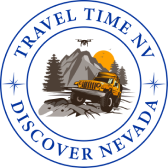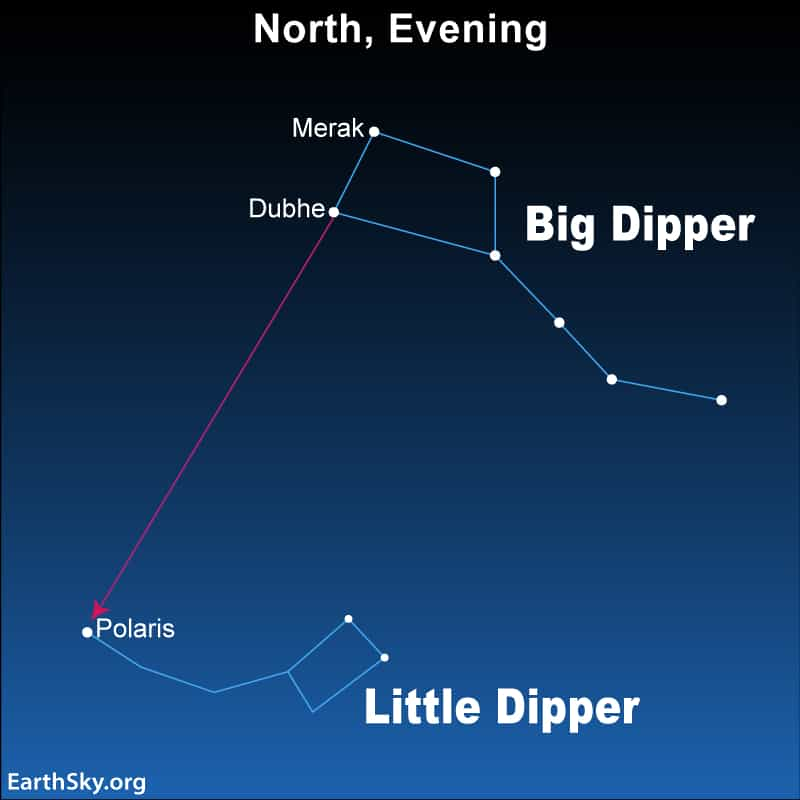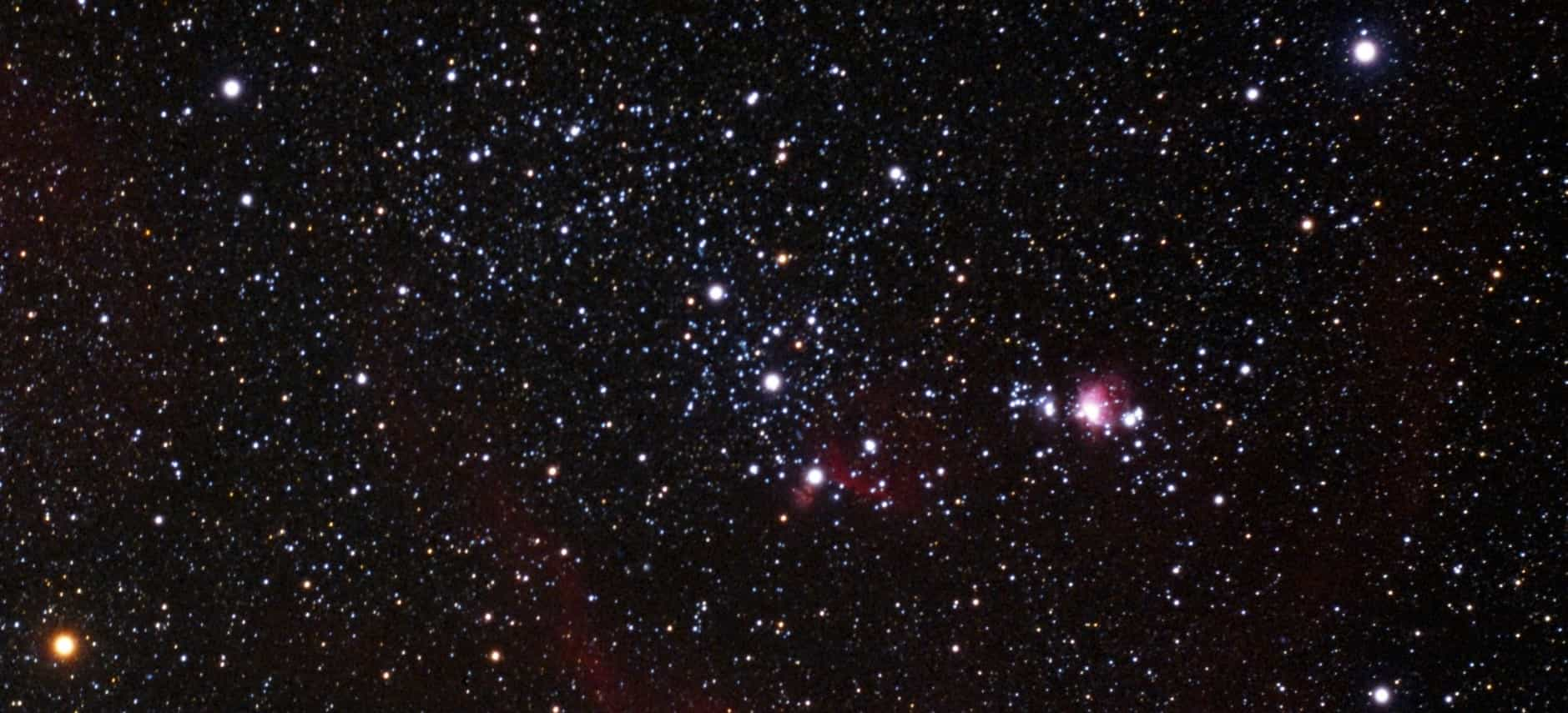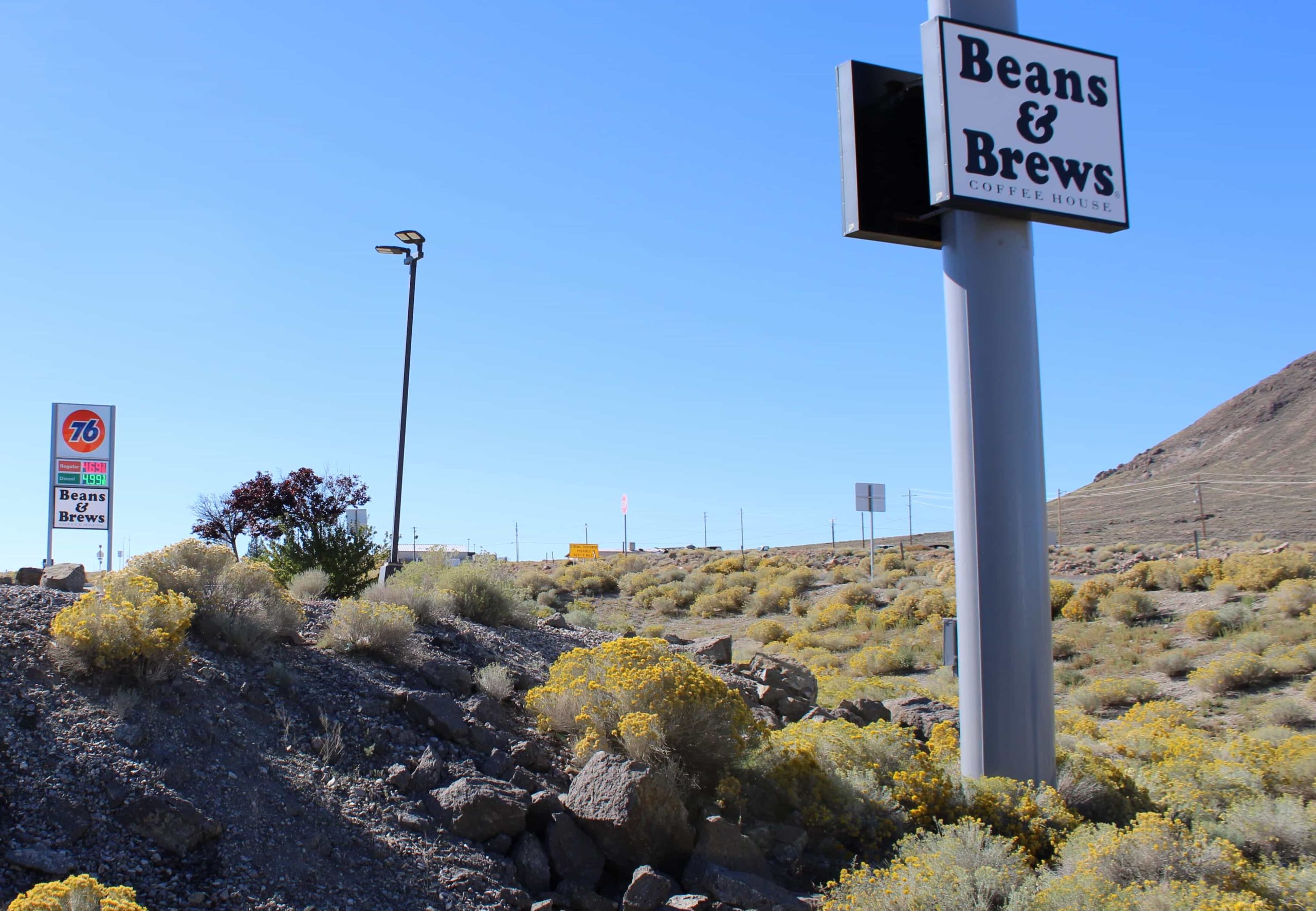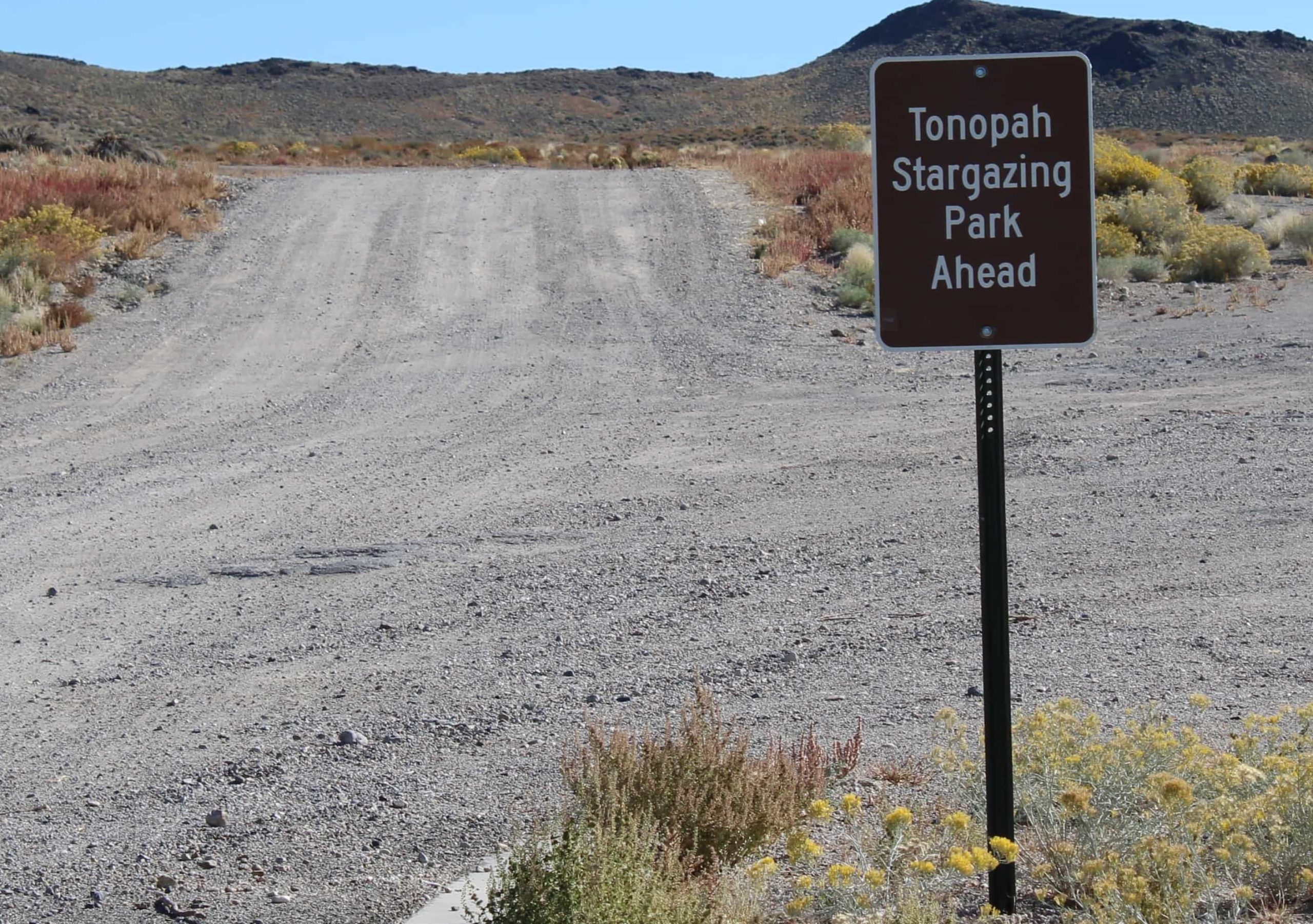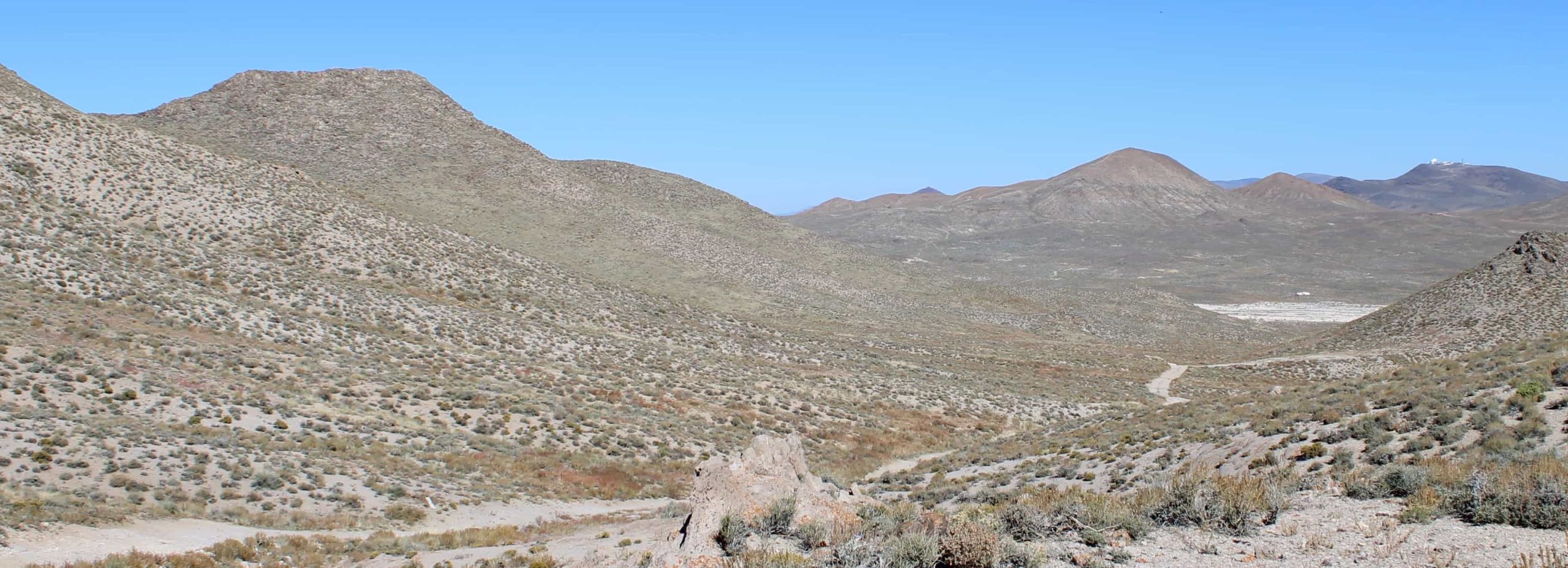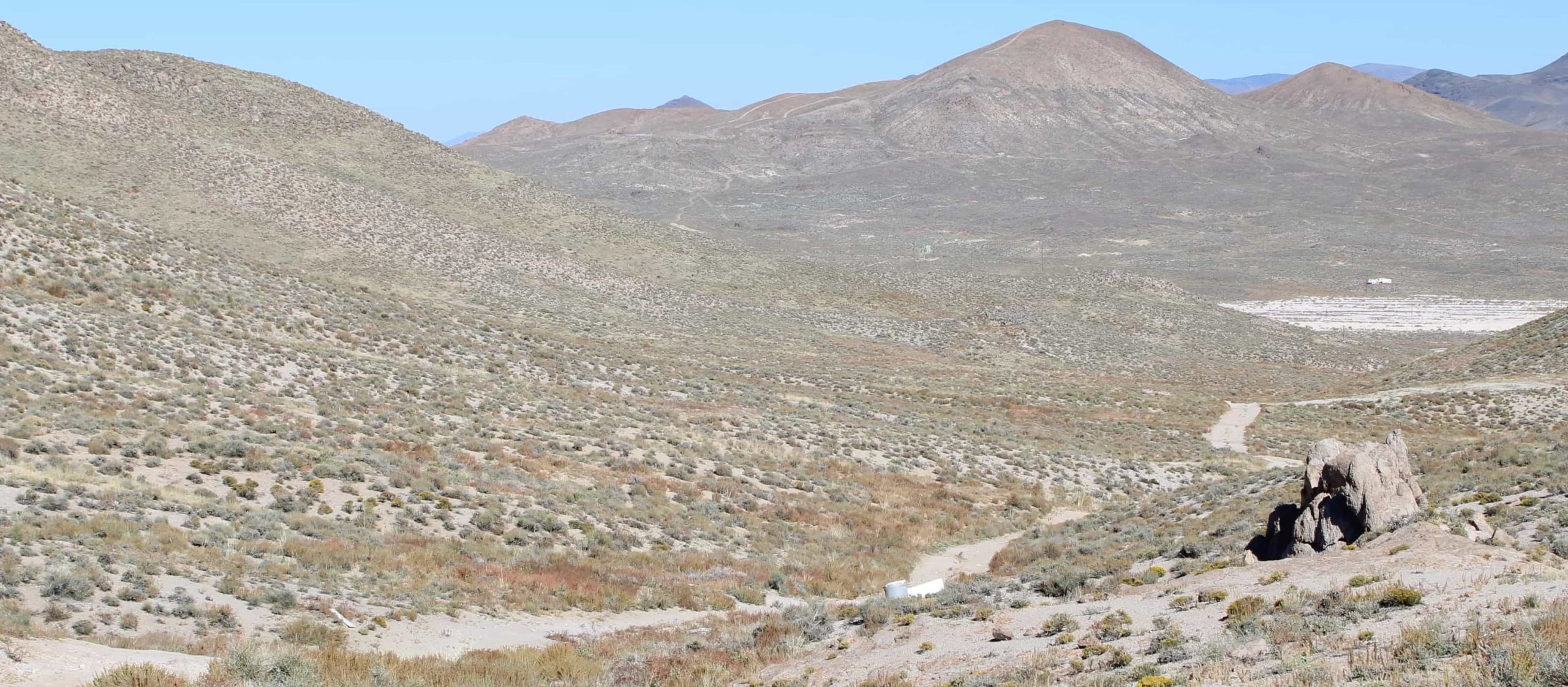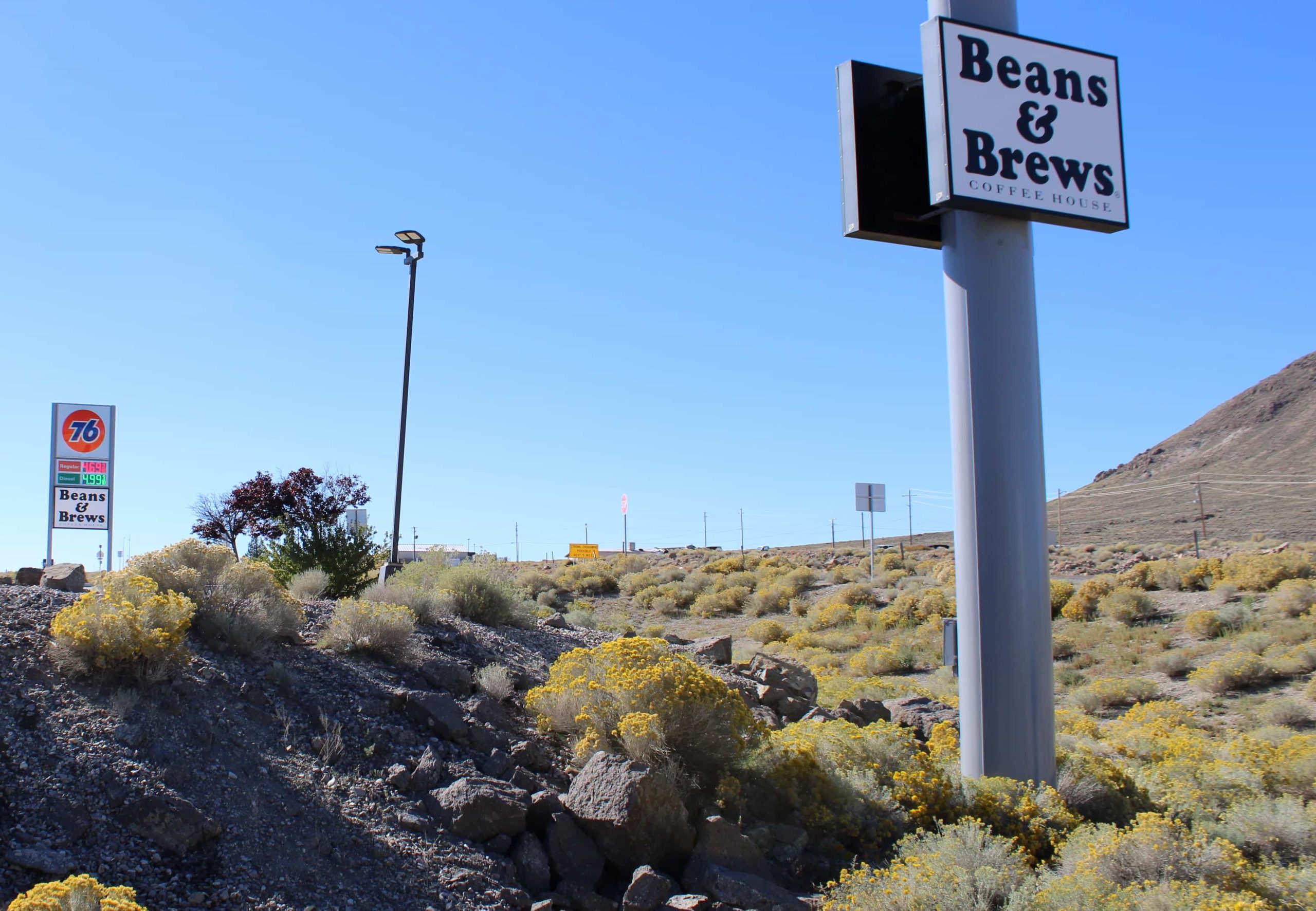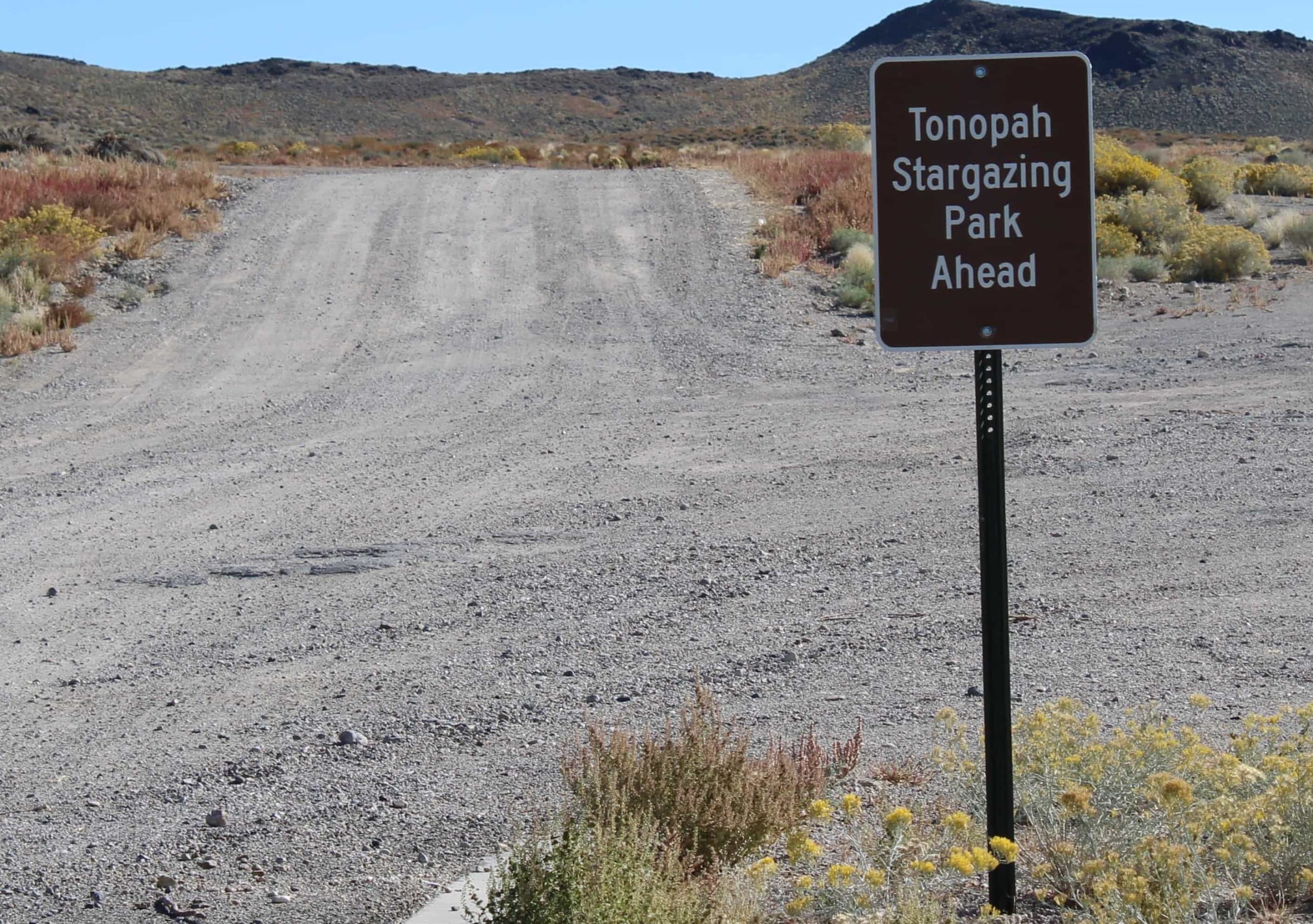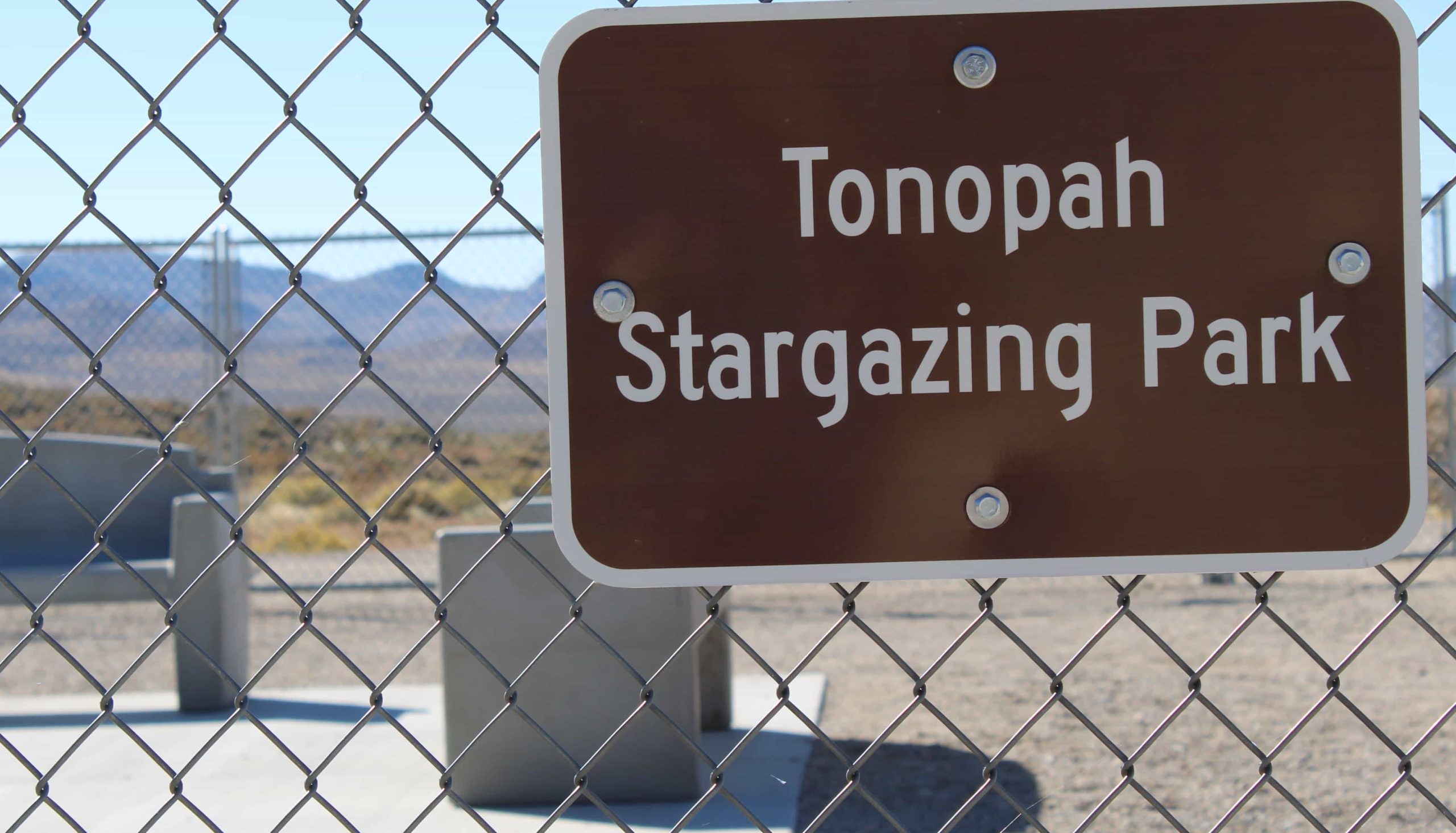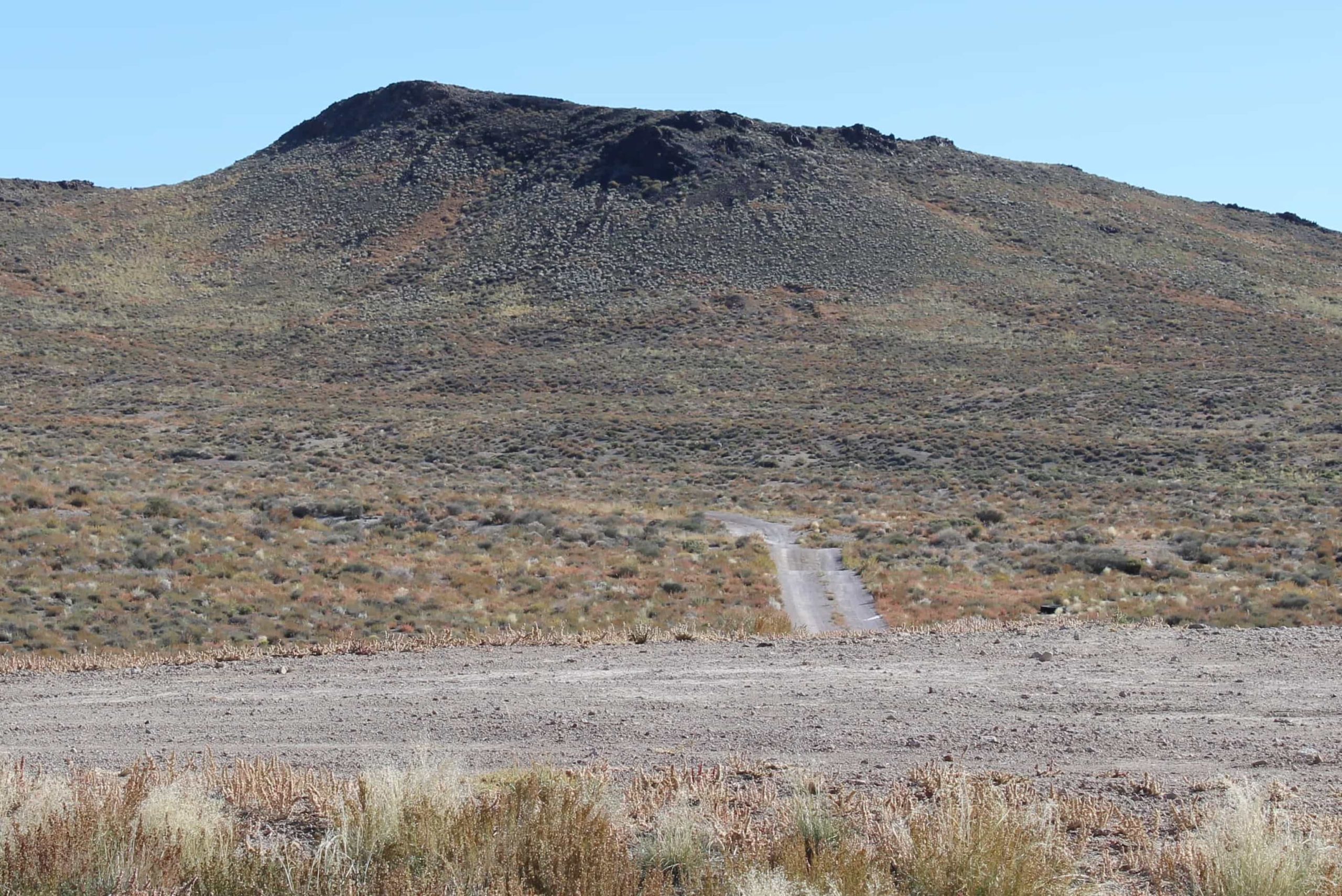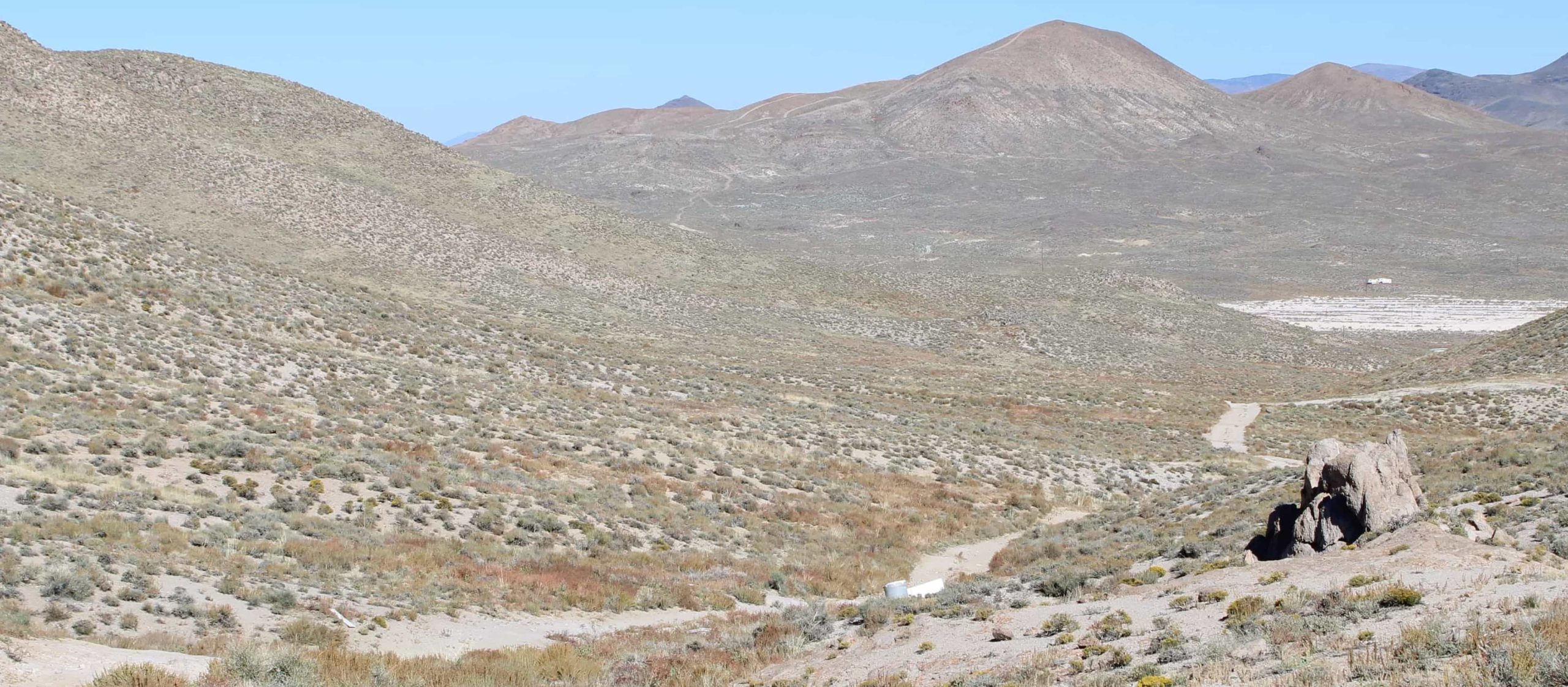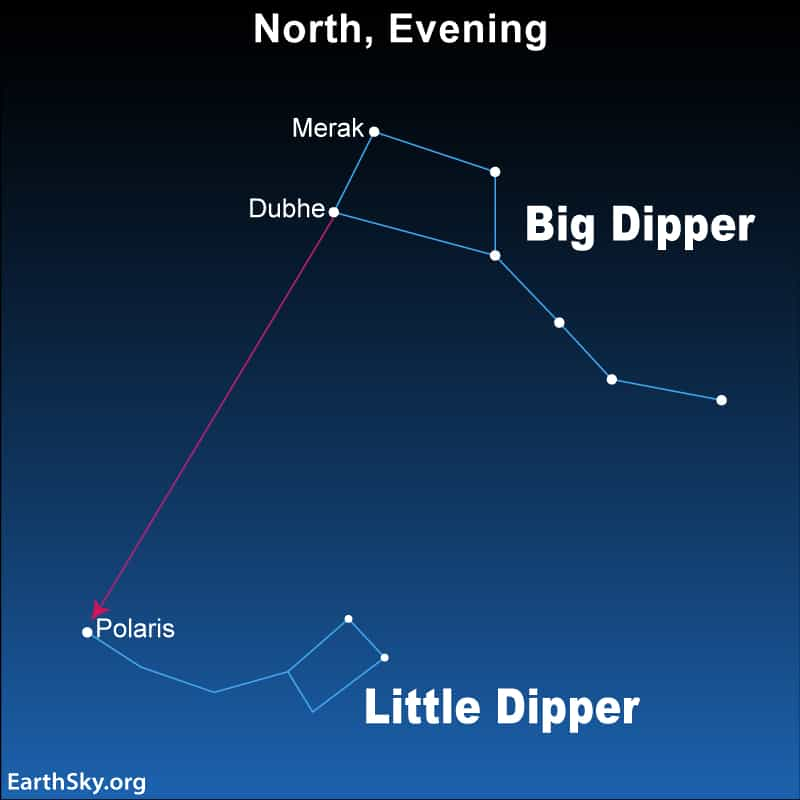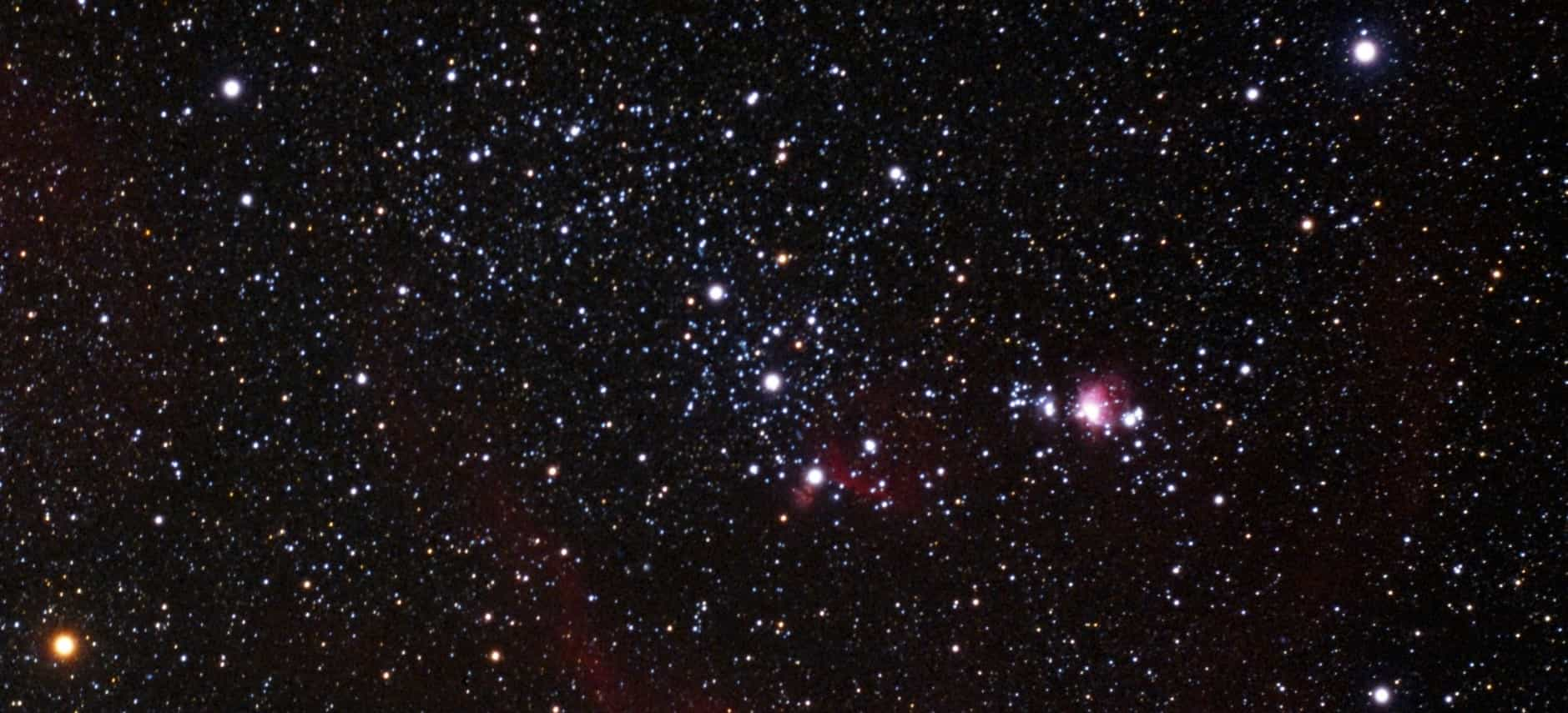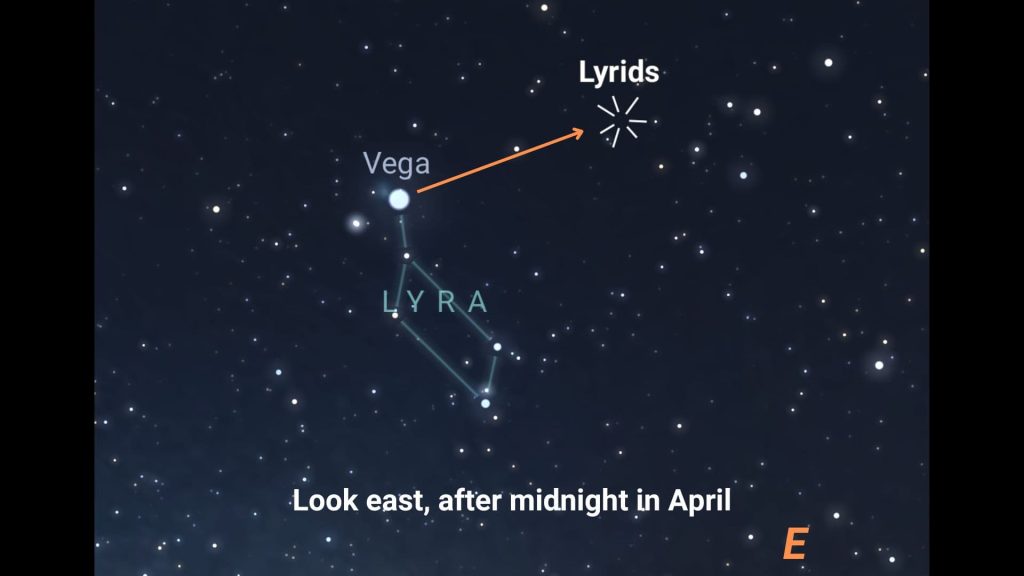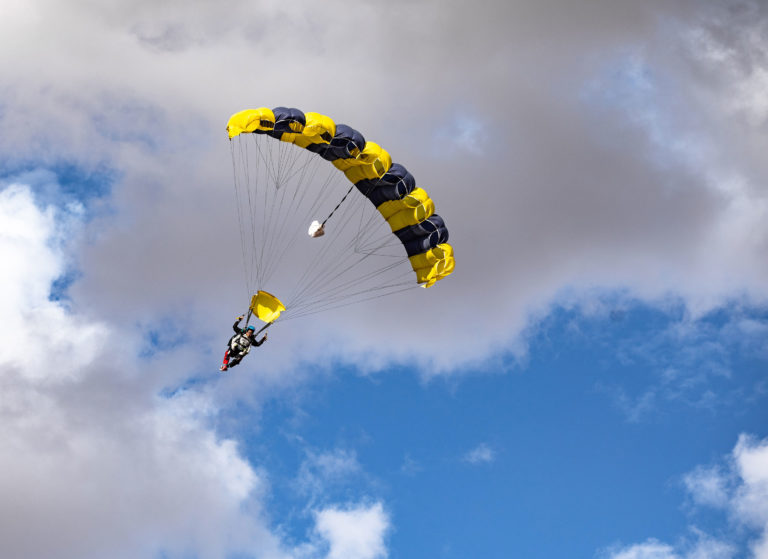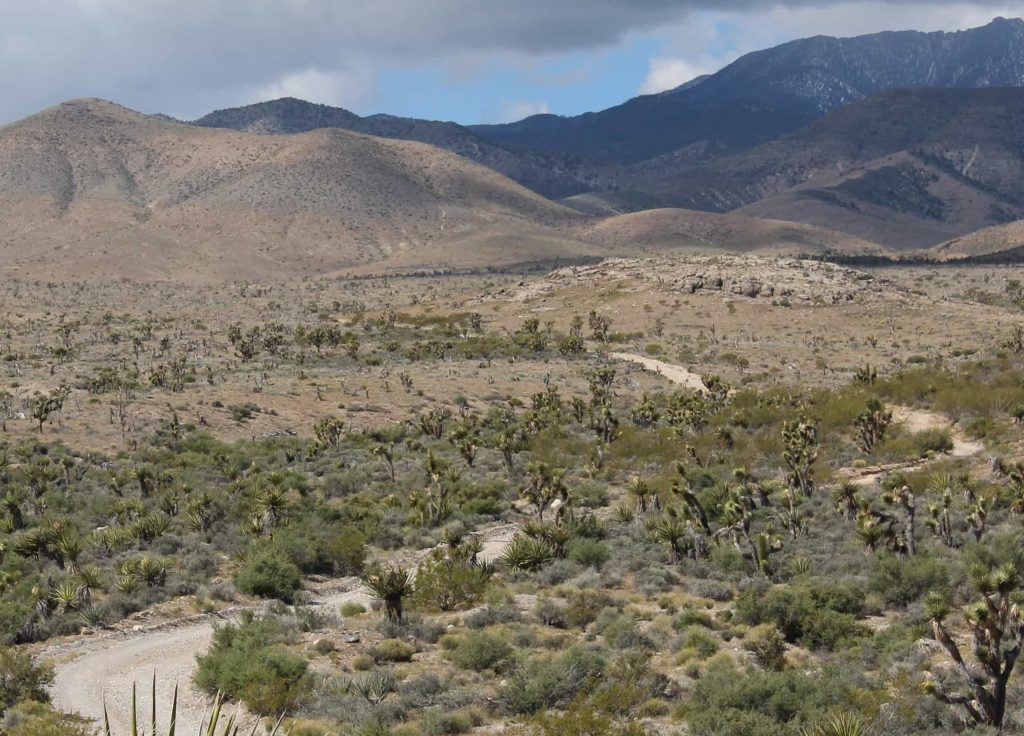Tonopah’s Clair Blackburn Memorial Star Gazing Park
Tonopah
About
The USA cited Tonopah’s pitch-black skies as “the darkest skies in the nation” – a boost for those stargazers. The Clair Blackburn Memorial Star Gazing Park is easy to find and a fantastic place to stargaze! It’s safe, well laid out with a designated fenced area. Plus, they have stargazing parties every couple of weeks – be sure to check the local calendar.
We highly recommend a 4-wheel drive or high clearance vehicle if you want to go to the very top level far away from the “noise” (city lights). It’s also a good idea to go scout out the area during daylight to get your bearings. Be well prepared before you head out in the dark.
Bring a tripod, a telephone lens, binoculars, a telescope, a flashlight, chairs, a warm jacket, some snacks and beverage of your choice, research and understand your camera settings for taking night shots and keep an eye out for wildlife. Also, be courteous to other star gazers and try to keep your vehicle lights off.
The view from atop the mountains are spectacular both in the evening and daytime. When planning your trip to Tonopah, be sure to allow plenty of time for stargazing – it’s truly an amazing experience.
For all of you Travel Time NV Members, be sure to share your experiences with us on Travel Time NV Chat! We’d love to see your photos… and maybe they will even be worthy of entering into one of our photo contests.
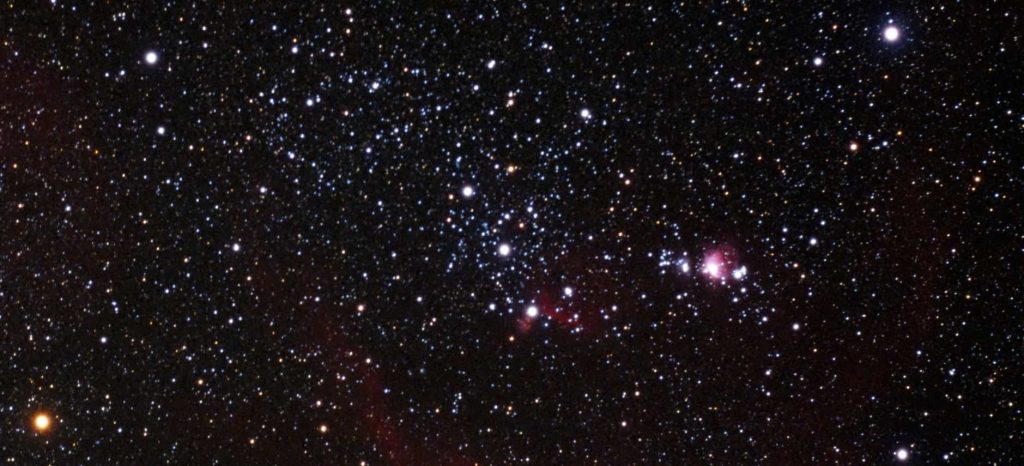
Directions
Do NOT follow Google Maps! Turn off Hwy 95 by Beans & Brews at the 76 gas station onto Ray Tennant Drive. Drive past the Tonopah High School and continue straight until the pavement ends. Keep going straight ahead up the dirt road and look for the park on the right side of the road. There’s a fenced area, concrete pads, benches and picnic tables.
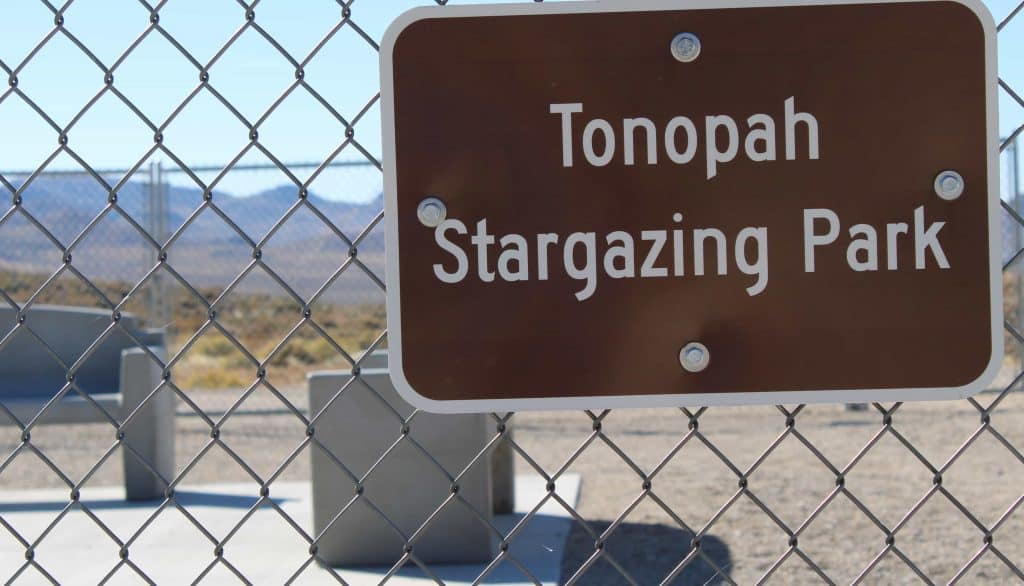
No matter where you choose to star gaze, Tonopah, Great Basin National Park, Pahrump or any of the other dark spots throughout Nevada’s deserts, here’s some information that may help spot some constellations:
With the night sky divided into 88 constellations, on a clear, moonless night, a thousand or more stars, five of our solar system’s nine planets, a few star clusters, a spiral galaxy and the odd bright comet are visible. The number of objects just the naked eye can see is impressive, even a little intimidating or overwhelming for the beginning stargazer.
If you’re a beginner, the best suggestion is to actually begin your sky-watching adventures indoor, with a guide or star chart. There’s a magazine called StarDate and the almighty internet offers a plethora of information and guides for sale. Some website directories include StarDate.org and Wunderground.com. When you’re ready to venture outside to practice, your backyard is a great starting place, especially if you pick a night without moonlight; this should allow you to see meteors and the Milky Way.

The only “instrument” required for stargazing is your own two eyes, however, a quality pair of binoculars or a small starter telescope will certainly enhance your experience. For a few hundred dollars, you can invest in a refractor scope with a 60- to 90-millimeter lense (about three inches), a tripod mount and a couple of eyepieces. Look for one with a filter for observing the moon (not for solar viewing which should never be done directly); seen unfiltered, the glare of the full Moon can be as painful as a car’s headlights. For a little less money, a pair of 7×50 binoculars offers a comparable field of view and magnification of an entry-level telescope. Digital cameras have a lot of dark/night operations settings; be sure to study your manual and familiarize yourself with them.
Keep in mind the sky never stays still. Hour by hour, the earth rotates from west to east making stars and constellations in the west sink lower and set. If you look at the same time on two consecutive nights, the stars may seem the same, but they’ve shifted slightly westward. Therefore, to see the stars in exactly the same locations they had been the night before, you’d have to look 4 minutes earlier. Or, looking one month later, is the same as looking two hours earlier. If you watched at the same time each night for an entire year, you’d see the whole sky rotate completely around Polaris. This means that different constellations fill the evening sky during different seasons.
Constellations To Watch For
Capricornus
The Sea-Goat Capricornus bounds low across the southern sky in late summer and fall. Like all the constellations of the zodiac, Capricornus has as many mythological tales as it has stars. Capricornus gets its name from a Greek myth that says the god Pan was transformed into a half-goat, half-fish when he dived into the Nile River to escape the giant Typhon.
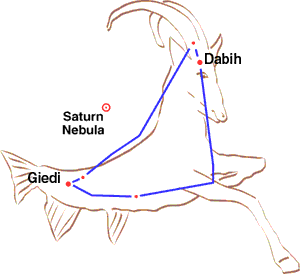
Capricornus looks like a large triangle of fairly bright stars. The brightest stars are side-by-side at the triangle’s western tip. Farthest west is Giedi — the goat. Binoculars reveal that this is really two stars. Although the stars appear near each other, they’re really separated by a thousand light-years. The closer of the two is about 115 light-years from Earth, while the other is 10 times farther. Just southeast of Giedi is Dabih — the slaughterer — a name that refers to sacrifices made by ancient Arabs when Capricornus rose at the same time as the Sun. It, too, consists of more than one star.
Cassiopeia
The mythological queen Cassiopeia floats overhead in fall and winter.
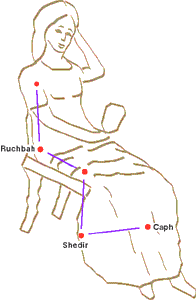
The best time to see her is in November, high in the northeastern sky. Cassiopeia looks like a flattened “W” against the frothy background of our home galaxy, the Milky Way. The “W” consists of five bright stars. It’s surrounded by fainter stars, so it’s fairly easy to pick out.
Pegasus, the Flying Horse
Pegasus is a large pattern of stars marked by a great square — four bright stars that form the body of the winged horse.
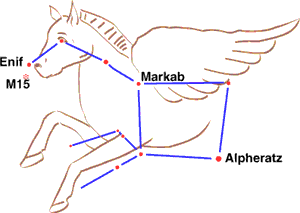
The brightest star in the Great Square — Alpheratz — isn’t in the constellation Pegasus. It’s in Andromeda, which is just northeast of Pegasus. It’s part of the ancient sky picture that we know as Pegasus. But when astronomers drew the official boundaries for the constellations, this star was placed just across the line in Andromeda.
The brightest star in the constellation Pegasus is called Markab, which means “the saddle.” It’s at the southwestern corner of the Great Square.
Perseus, the Hero
Perseus, the hero, arcs high overhead in fall and early winter. Many of its stars are immersed in the faint glow of our galaxy, the Milky Way. In fact, if you look at Perseus under dark skies, you may be able to see three of the spiral arms that enfold the Milky Way.
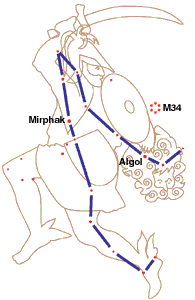
One of the brightest and most interesting stars in Perseus is Algol. The name Algol means “demon star.” Ancient skywatchers thought it was cursed because its brightness changes. That’s because Algol — which is about 75 light-years from Earth — is the most famous “eclipsing binary” star. Today, astronomers know that Algol is two separate stars. About once every three days, the fainter member of the pair passes in front of the brighter one, and Algol grows fainter.
A faint star cluster in Perseus, called M34 is visible with binoculars.
Hyades
The second-closest star cluster to Earth. It consists of several hundred stars that lie about 130 light-years away.
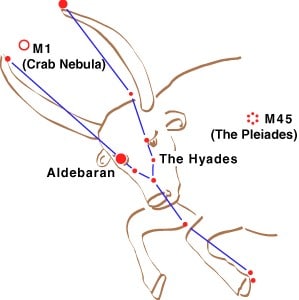
Aldebaran outshines all the other stars that outline the bull’s face. But Aldebaran isn’t a member of the Hyades cluster — it just lies in the same direction. It’s about 70 light-years away, half as far as the stars of the Hyades. Aldebaran is a red-giant — an old, bloated star that’s used up most of its nuclear fuel. It’s much larger and much brighter than our own middle-aged Sun.
Share Your Photos
For all of you Travel Time NV Members, be sure to share your experiences with us on Travel Time NV Chat! We’d love to see your photos… and maybe they will even be worthy of entering into one of our photo contests.

